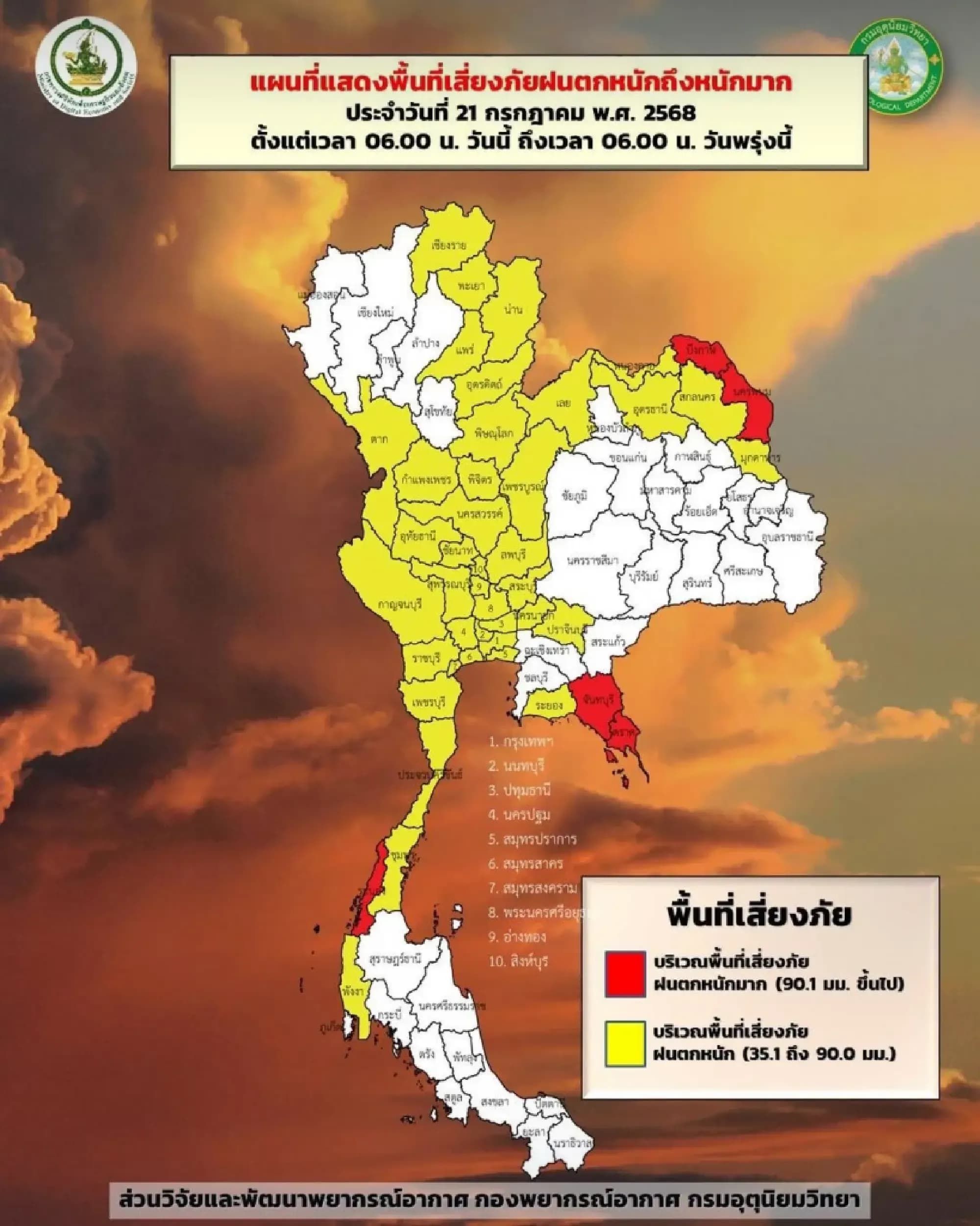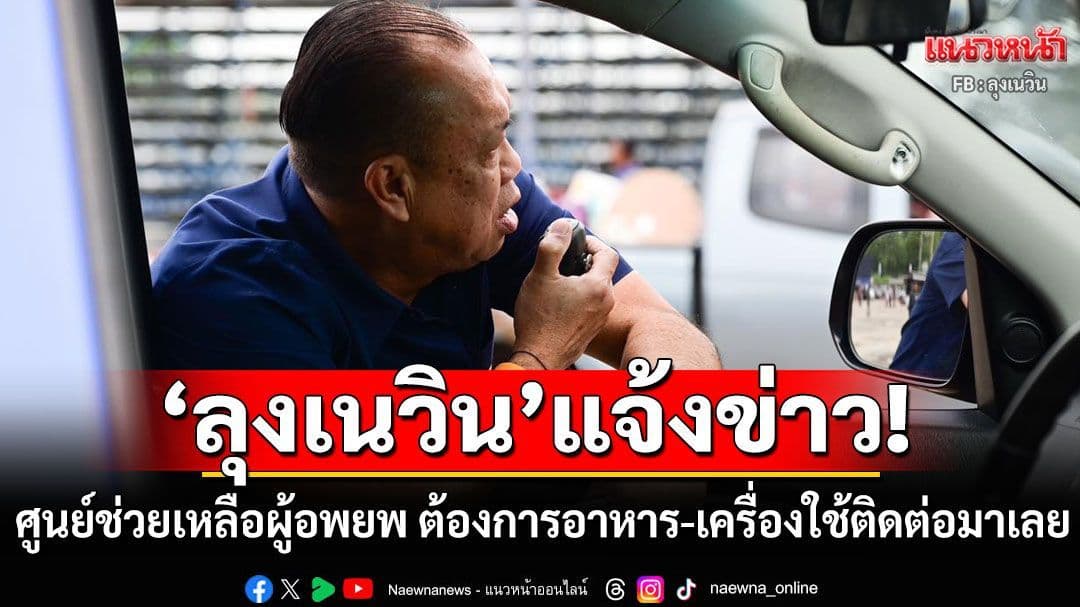The Citadel's Reckoning: How Ta Kwai Redefined Border Dynamics
Unpack the intense Ta Kwai border conflict. Discover how decisive F-16 strikes reshaped frontlines, the human cost, and profound strategic implications for regional stability.

The Contested Perch: Understanding Ta Kwai's Strategic Heart
The ancient Khmer temple of Prasat Ta Kwai, nestled precariously along the ever-contentious Thai-Cambodian border, wasn't just another historical ruin; it was a flashpoint, a symbol of deeply rooted territorial disputes that periodically flared into open conflict. Its strategic significance lay not merely in its cultural heritage but in its elevated position, offering a commanding view over critical access routes, including the vital . This made it an invaluable perch for military observation and artillery placement, a fact both sides acutely understood. For years, the border region, particularly around key ancient sites like Ta Kwai and nearby Prasat Ta Muean Thom in , had been a chessboard for sovereignty claims. The engagement at Ta Kwai, therefore, wasn't an isolated skirmish but the culmination of simmering tensions, a high-stakes struggle where control over a few square meters of contested ground could redefine national boundaries and regional power dynamics. It was a testament to how historical legacies, when intertwined with modern geopolitical ambitions, could ignite fierce battles over seemingly small patches of land.

Under Midnight Skies: The Decisive Airstrikes and Ground Offensive
As the conflict escalated, the launched a multi-pronged offensive, demonstrating a decisive shift in tactical engagement. The crucial turning point arrived under the cover of darkness, marked by the thunderous roar of and fighter jets. At 13:40, then again with precision strikes just before the midnight deadline at 23:30, these advanced aircraft delivered powerful payloads, targeting Cambodian military strongholds, critical supply routes, and artillery positions around Ta Kwai and Chong An Ma. The precision of these airstrikes was paramount, effectively severing Cambodian logistical lines and neutralizing their heavy weapon capabilities. Concurrently, Thai special forces spearheaded a daring ground assault, confronting Cambodian units in close-quarters combat from 22:15. By 00:10, after intense exchanges of heavy fire that reverberated across the battlefields, the guns at Ta Kwai fell silent, and Thai forces had successfully secured the contested area. This coordinated air-ground operation proved to be a masterclass in modern border warfare, effectively breaking the Cambodian hold and asserting control.

Echoes Beyond the Frontline: Civilian Lives and Untold Resilience
While military operations dominated headlines, the human cost of the Ta Kwai engagement resonated far beyond the frontlines. Border communities, particularly in districts like in Surin, bore the brunt of the conflict. Reports of Cambodian shelling striking civilian homes painted a grim picture, forcing local residents into makeshift bunkers for safety. The relentless, five-day bombardment meant little respite for these villagers, whose lives were abruptly uprooted by the escalating violence. Schools closed, livelihoods were disrupted, and the constant threat of stray shells hung heavy in the air. The authorities, recognizing the extreme danger, took the extraordinary step of urging media and influencers to refrain from entering hazardous areas, not only for their own safety but to prevent inadvertently compromising military operations or revealing strategic positions. This conflict also tragically claimed lives, including of the 23rd Infantry Regiment's 3rd Infantry Battalion, a stark reminder of the sacrifices made by those defending the nation's sovereignty. The resilience of these border communities, enduring fear and displacement, remains an untold chapter of this intense period.
Drawing New Lines: Ta Kwai's Enduring Impact on Regional Sovereignty
The successful capture of Ta Kwai by , marked by the collapse of Cambodian bases and the assertion of Thai control over the area, fundamentally altered the dynamics of the long-standing border dispute. This decisive military outcome not only reinforced Thailand's claim over the contested territory but also sent a clear message regarding its resolve to defend its sovereignty. The reported death of , a close confidant of , during the clashes further underscored the significant blow dealt to Cambodian military leadership and morale. While attempt to open a new front in demonstrated a broader, albeit ultimately unsuccessful, effort to retaliate, the core strategic victory at Ta Kwai remained undeniable. This engagement effectively redrew de facto lines of control, at least temporarily, emphasizing that military strength and strategic positioning could significantly influence the outcome of territorial disagreements. It served as a stark demonstration that in the absence of clear, internationally recognized demarcations, the balance of power on the ground could dictate the reality of sovereignty.
Lessons from the Temple: Military Prowess and the Path to Stability
The Ta Kwai engagement stands as a critical case study in modern border conflict resolution, highlighting several key lessons in military prowess and the pursuit of stability. The Thai military's effective integration of air power ( and ) with ground forces, particularly the precision airstrikes against supply lines and artillery, proved instrumental in achieving rapid operational success. This demonstrated a sophisticated command-and-control structure and a well-trained, adaptable fighting force. Beyond the immediate victory, the conflict underscored the imperative for robust border security and the need for clear, decisive responses to territorial incursions. Looking ahead, maintaining regional stability in Southeast Asia necessitates a delicate balance: robust defense capabilities coupled with ongoing diplomatic efforts to resolve long-standing border disputes. The Ta Kwai experience reinforces the idea that while military strength can secure immediate objectives, lasting peace ultimately depends on a framework of mutual respect and clear demarcation, preventing future flashpoints from igniting into full-blown conflicts and ensuring the safety and prosperity of border communities.
Related Articles

Beyond Tariffs: Unpacking the US-Thai Grand Bargain of 2025

Beyond Tariffs: Unpacking the US-Thai Grand Bargain of 2025

Harvesting Resilience: Thailand's Proactive Shield for Borderland Agriculture

Harvesting Resilience: Thailand's Proactive Shield for Borderland Agriculture

Wipha's Wake: Inside Thailand's Coordinated Climate Defense

Wipha's Wake: Inside Thailand's Coordinated Climate Defense

Newin Chidchob's Playbook for Compassion: Uniting a Region in Crisis
